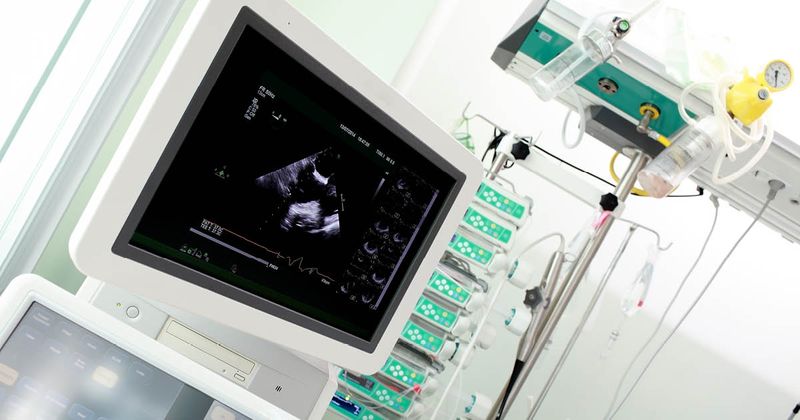Forefoot ‘can be omitted’ when using ultrasound to predict rheumatoid arthritis
Key takeaways:
- Positive forefoot ultrasound findings without positive findings in the hands were “rare.”
- Ultrasound of the forefeet can be skipped when predicting RA in clinically suspect arthralgia.
Forefoot ultrasound adds little value when attempting to predict rheumatoid arthritis in patients with clinically suspect arthralgia, as positive findings there are “rare” without accompanying inflammation in the hands, according to data.
“Although evidence-based guidelines for the use of [ultrasound (US)] in [clinically suspect arthralgia (CSA)] patients are lacking, US is frequently used in clinical practice and can be helpful in management decisions in patients at risk for RA,” Anna M.P. Boeren, MD, of the Erasmus University Medical Center, in the Netherlands, and colleagues wrote in Rheumatology. “Usually, US-protocols in pre-RA include bilateral scanning of hands and forefeet.

“Since scanning of all these joints and tendons is very time-consuming, previous research has focused on the shortening of US-protocols, for example by only scanning the joints that are assumed to be most predictive (knee, wrist and [metatarsophalangeal joint] 5),” they added. However, there is no consensus on which joints should be incorporated. ... We hypothesized that US of the forefeet can be omitted without compromising in the accuracy of US.”
To test the value of forefoot scanning when predicting RA, Boeren and colleagues evaluated different ultrasound protocols in patients with clinically suspect arthralgia. Their analysis included a total of 298 patients from two multicenter Dutch cohorts — the CSA Rotterdam Cohort (referred to as cohort 1), and the Sonographic Evaluation of the Hands, Shoulders and Feet in Patients Presenting with Inflammatory Arthralgia to Identify Subclinical Arthritis Cohort (referred to as cohort 2).
Patients underwent bilateral ultrasound of their hands, wrists and forefeet at baseline. Three different ultrasound protocols were used to detect any additional value of the forefeet scans. They included a “full” protocol examining hands and forefeet, a “full with correction” protocol, where additional gray scale correction was applied in metatarsophalangeal joints two and three, and, lastly, a “without feet” protocol, where metatarsophalangeal joints were not included.
The primary outcome was the development of inflammatory arthritis — defined by the researchers as “joint swelling at physical examination by a rheumatologist” — after 2 years for the first cohort and 1 year for the second cohort.
Among patients with positive ultrasound findings, most were positive in their hands — 86% in cohort 1 and 90% for cohort 2 — while fewer were positive in both hands and metatarsophalangeal joints — 30% for cohort 1 and 8% in cohort 2.
According to the researchers, a “small number” of patients with positive ultrasound were positive in only metatarsophalangeal joints — 14% in cohort 1 and 10% in cohort 2. These patients represented just 8% of cohort 1 and 3% of cohort 2.
“We showed that if US is used to detect subclinical inflammation to predict clinical arthritis development in CSA patients, the forefeet could be omitted,” Boeren and colleagues wrote. “This is due to the finding that US positivity in the forefeet without concomitant US positivity in the hands is rare. These findings implicate that shorter US protocols could be used, which could increase the feasibility of US in patients at risk for RA.”
